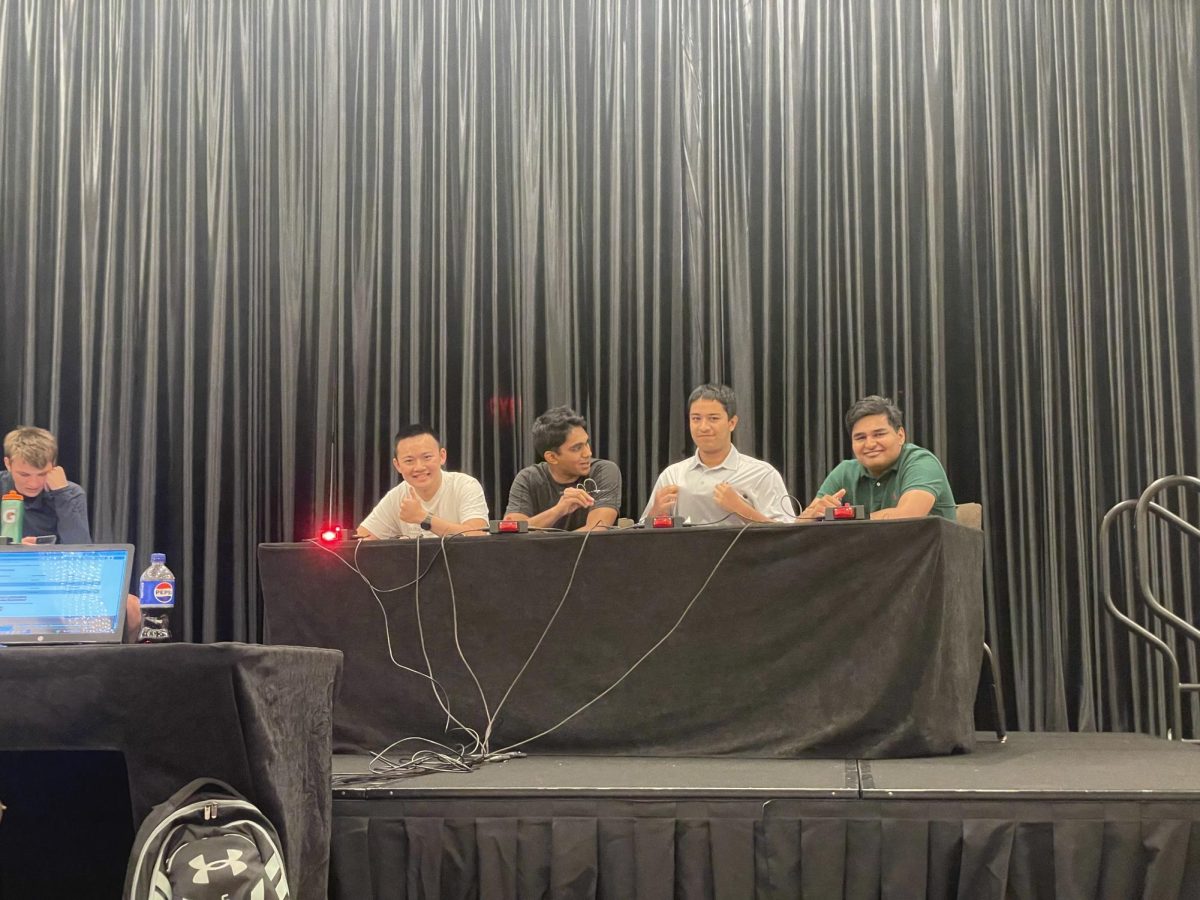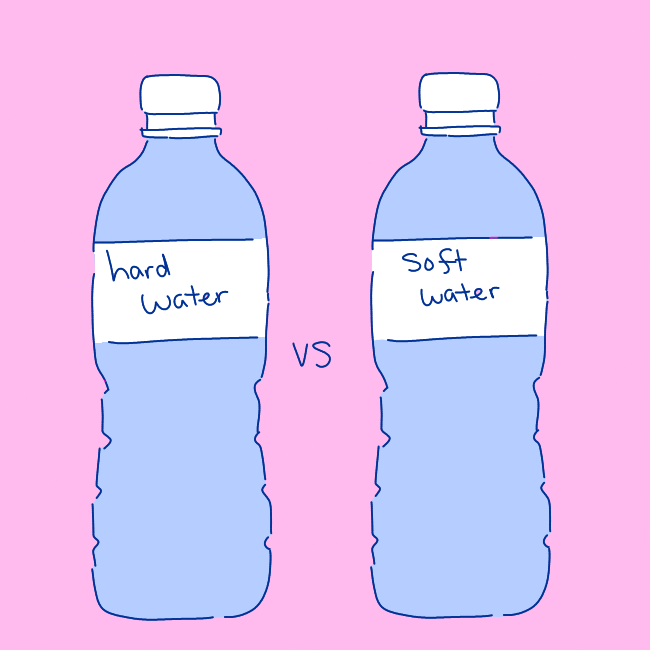Mouths agape and intently focused on the Rakuten Viki website, my brother and 14-year-old me watched in amazement as we finished the last episode of “I-Land,” the K-pop survival show that would eventually create the boy group Enhypen.
We had spent the last three months watching the reality show in which renowned industry teachers and veteran idols coach promising new talents. For the months following the show, I became obsessed with K-pop. I knew every member’s name, memorized the lyrics of every song, even the ones that were in Korean — a language I could not speak at all — and fangirled over pictures and Instagram posts.
Modern K-pop, the kind popularly known today that features boy and girl groups who train and “debut” choreography, singing and loyal fandoms, began in the 1990s with the band Seo Taiji and Boys, after they combined dance, rap and Western influences into Korean songs. Two decades later, PSY’s Gangnam Style further propelled hallyu, the phenomenon that describes the rise of South Korean popular culture. But, as K-pop has grown more popular, the dark secrets of the industry have also begun to emerge.
Probably one of the most prevalent issues within K-pop is the problematic practice of companies debuting idols as young as 14. An idol makes their debut when they first appear on stage in a group or release an album. Debuting the group at an earlier age creates a higher chance of them renewing the contracts after the usual seven years. While some idols are signed to U.S. labels, others and most are signed to major entertainment companies, such as SM Entertainment or Hybe Corporation. In addition, since strict Korean beauty standards for idols favor younger-looking performers, this often drives companies to recruit even younger trainees.
But if they’re debuting younger, that means that idols are also starting training earlier. Trainees spend large parts of their childhoods in studios, often missing out on the carefree childhood experience, with few real friends and a lack of freedom to do whatever they desire, not to mention the toxic body standards promoted in the industry. Instead of attending a normal high school, many trainees attend specialized arts schools or attend high school only “part time.”
Sexualization of minors, training days over 12 hours and weekly weigh-ins are also common in K-pop. Momo from Twice once ate only ice cubes and worked out every day when her company demanded her lose seven kilograms in 10 days. Most K-pop fans are teenagers, a demographic that is especially vulnerable to body image issues. Seeing an idol go to such extreme lengths to lose weight may also encourage similar behavior in their audience.
A unique characteristic of K-pop is the extreme fandom culture. It’s uncommon to find fans of American singers having lightsticks, birthday cafes or fansigns. In return, K-pop idols are constantly seen thanking their fans and hosting Vlives, similar to streaming or Instagram lives, which help foster a close relationship between them and their fans.
However, sometimes, these interactions become serious. Unlike a die-hard fan, who might just buy every possible merchandise, stalkers, known as saesangs, sometimes take photos without consent or hide cameras in idols’ gifts. They will go to extreme lengths to meet their idols, arranging elaborate situations to see them somewhere as odd as a specific elevator.
Being a K-pop idol also means having no clear distinction between work and personal life.
Unlike American pop stars, these teen idols aren’t just actors or singers or models but figures who embody the idea of perfectionism. They’re the “full package”; they can sing, dance, always look immaculate and people envy their talents, popularity and fashion styles. Unfortunately, when they’re anything less than perfect, so-called netizens, citizens of the internet, attack them for their supposed “laziness.”
Former f(x) member Sulli, known for her bold image and strong opinions, was often the subject of controversy. Despite utilizing her platform to condemn cyberbullying, she, too, became a victim and took her own life in 2019 at age 25. Her death underscored all of the problems brewing underneath the surface of the genre.
To management companies, idols are just another “product.” Among all of its issues, companies still continue to give false hope to its trainees. Despite the many successful idols, there are also hundreds of trainees who give up years in their effort to succeed in the industry, only to never debut. In fact, only about 10% of K-pop trainees debut. Even once they debut, their reputation is always fragile.
In western media, if a celebrity’s reputation is tarnished, they might still be able to regain the public’s trust through careful PR management. With K-pop, oftentimes, once an idol’s reputation is tarnished, their entire career is gone. K-pop netizens are brutal because the industry is so centered on the ideal body type, mannerisms and talents. Idols must resort to another career or return after a while with a significantly smaller fanbase.
At its best, K-pop has truly been transformative on a global scale. It has changed stereotypes. It has benefited the South Korean economy. The South Korean government even has a specific department in the Ministry of Culture dedicated to K-pop. It’s not just a genre of music, but it’s a culture itself and even a lifestyle for some.
But if the industry wants to continue growing, it must first address its problems of child exploitation, saesang culture and netizen behavior. If the South Korean government is so heavily involved with investing in the industry, it’s only right that they also take measures to protect these young and vulnerable idols.




























